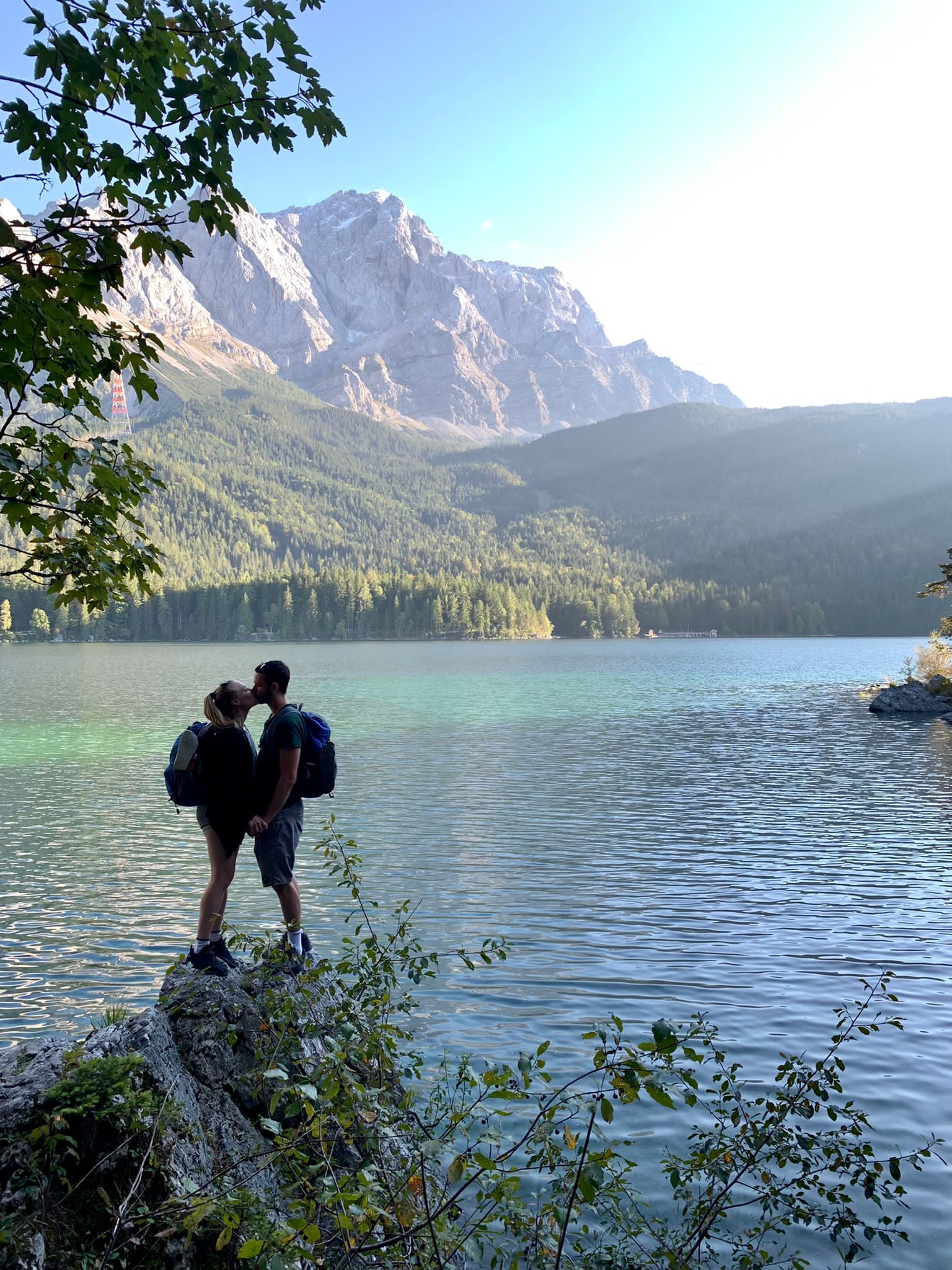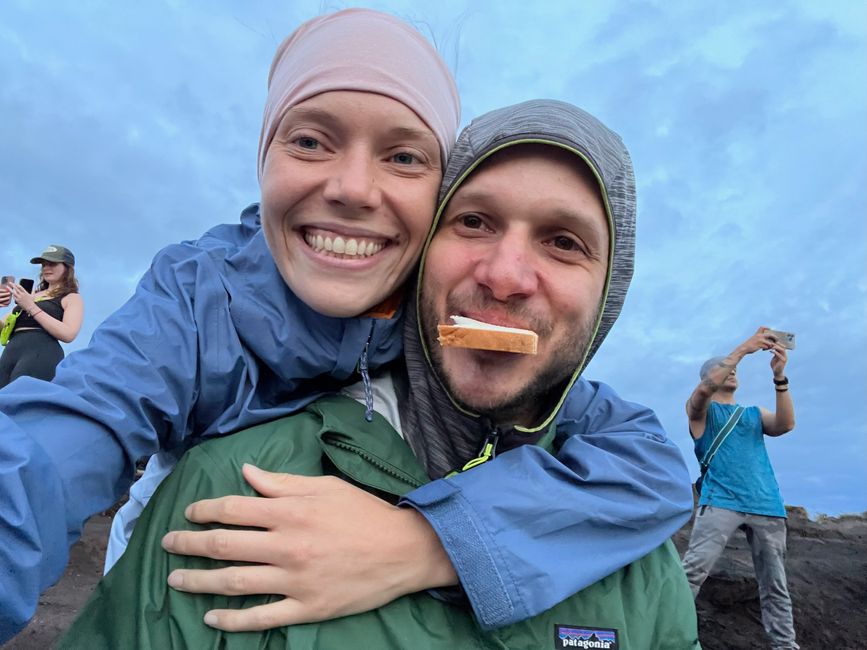
janas-und-philips-weltreise
vakantio.de/janas-und-philips-weltreise
Quito and surroundings
Pubblicato: 22.08.2023
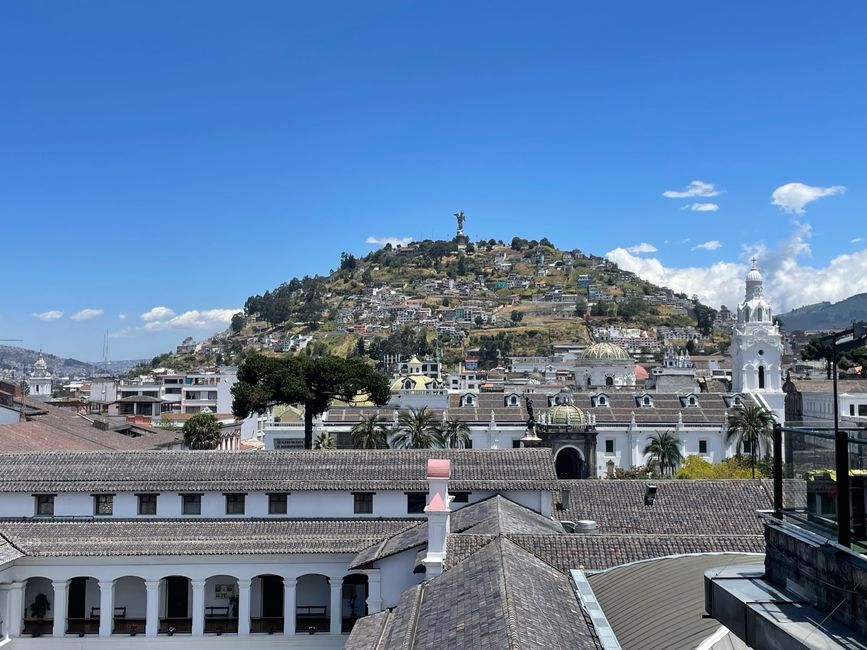
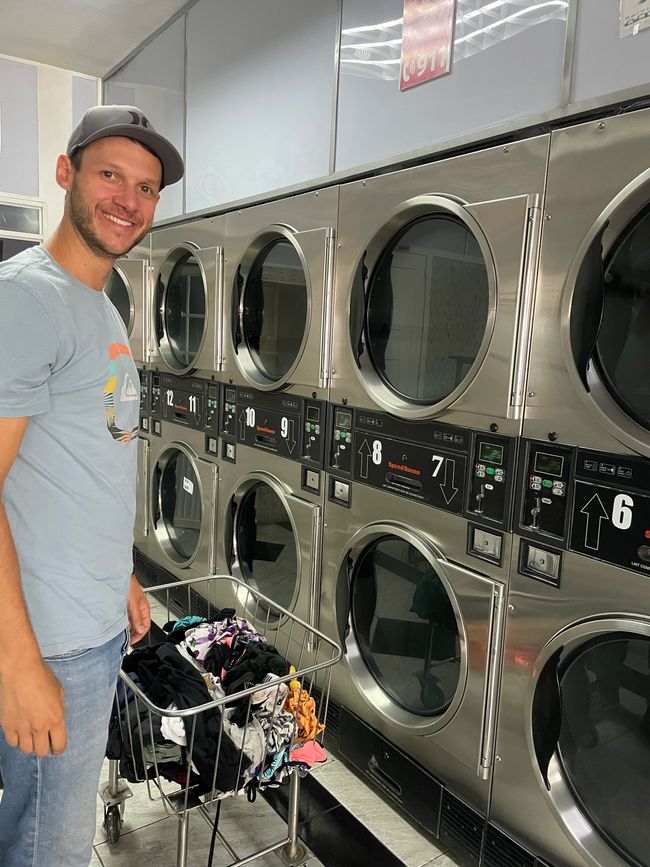
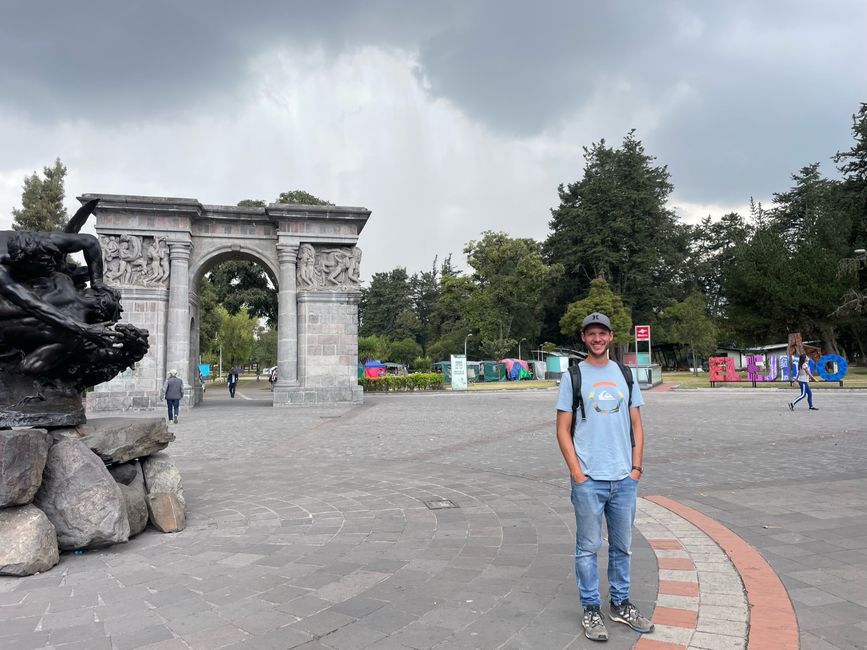
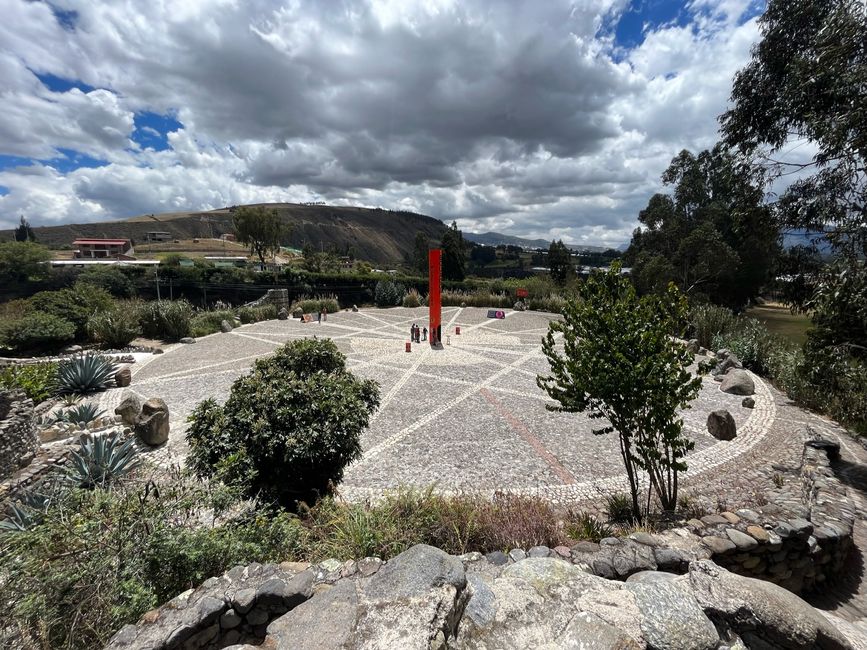
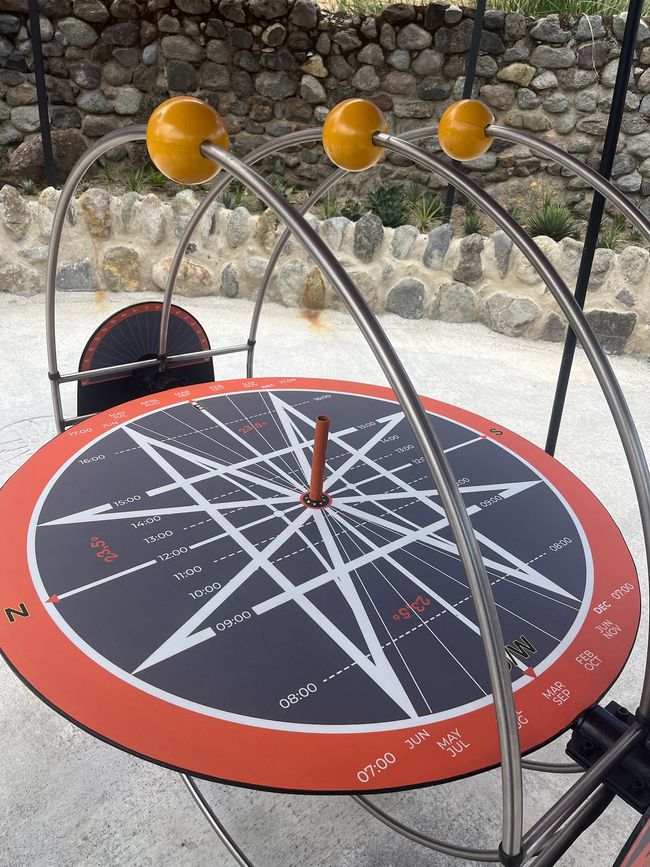
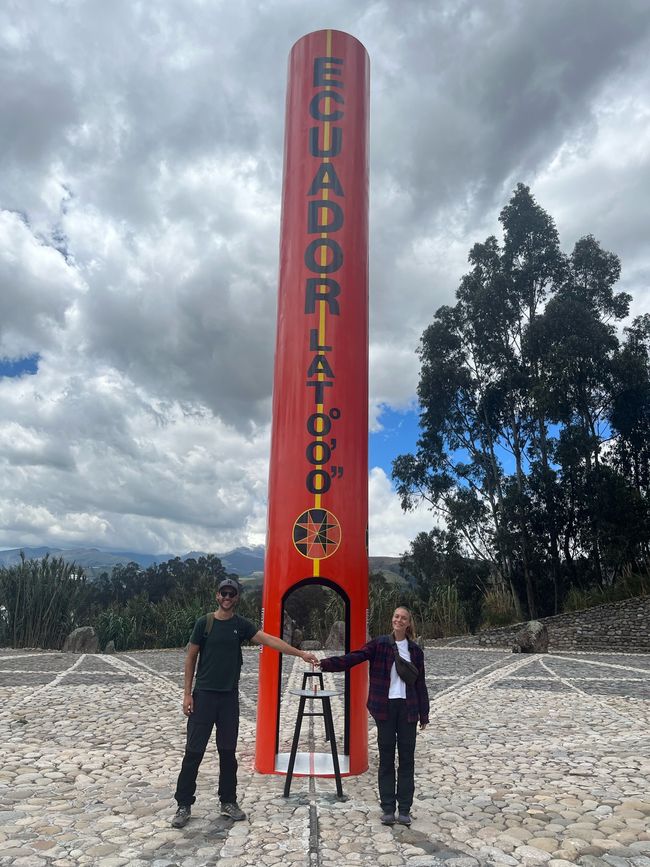
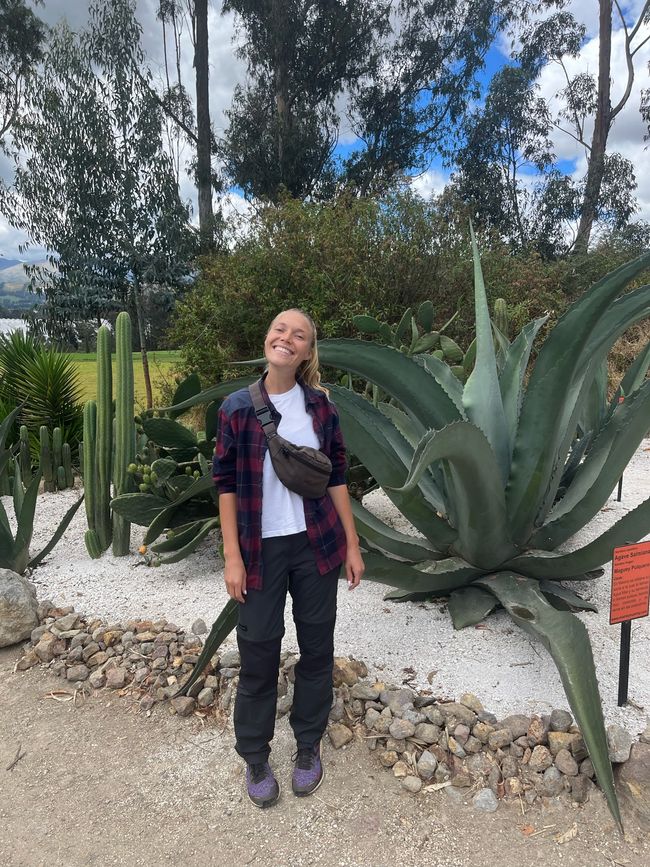
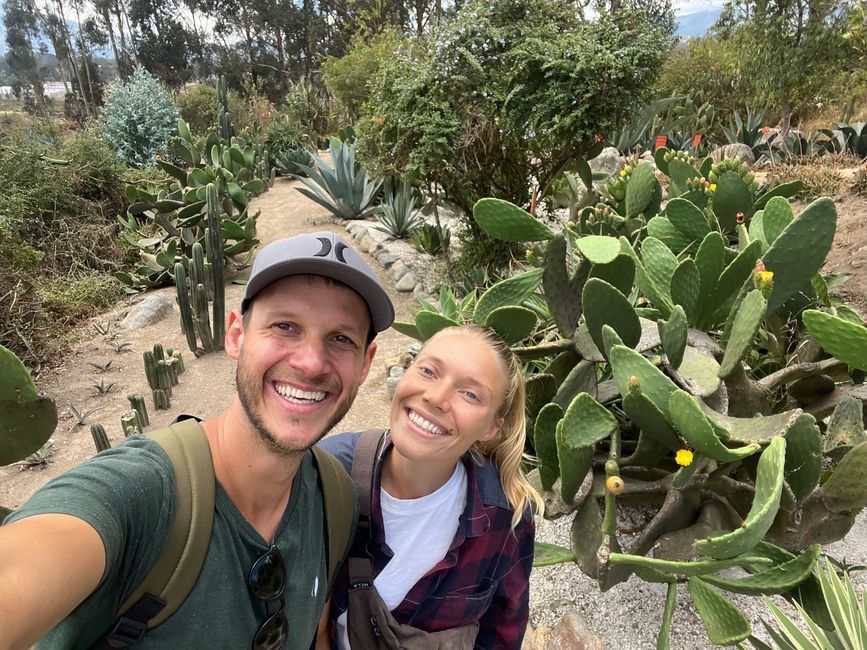
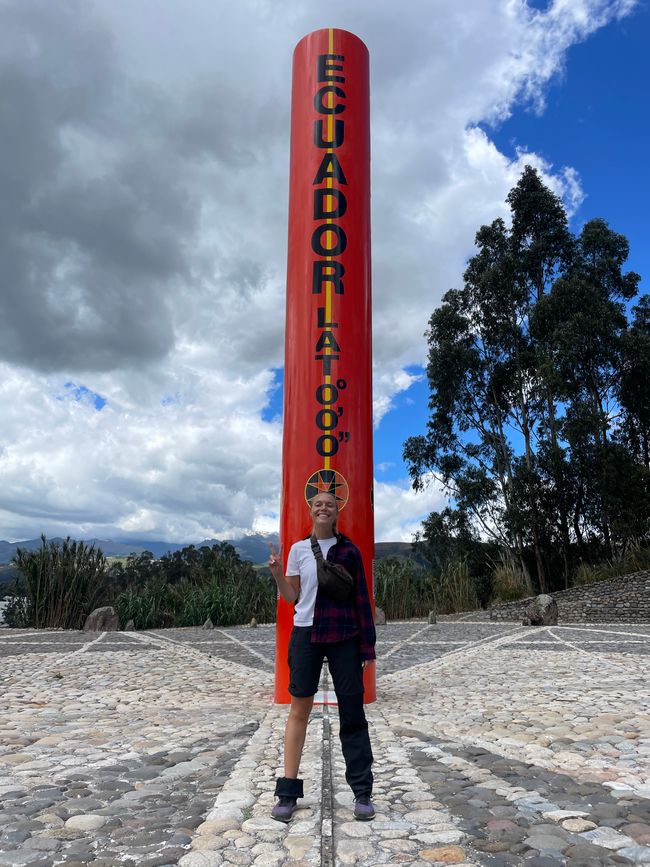
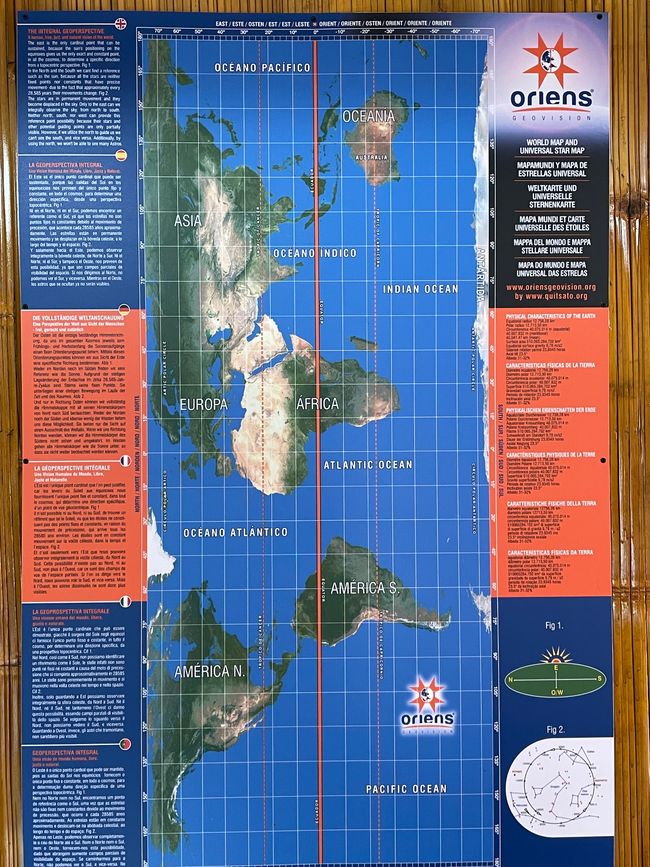
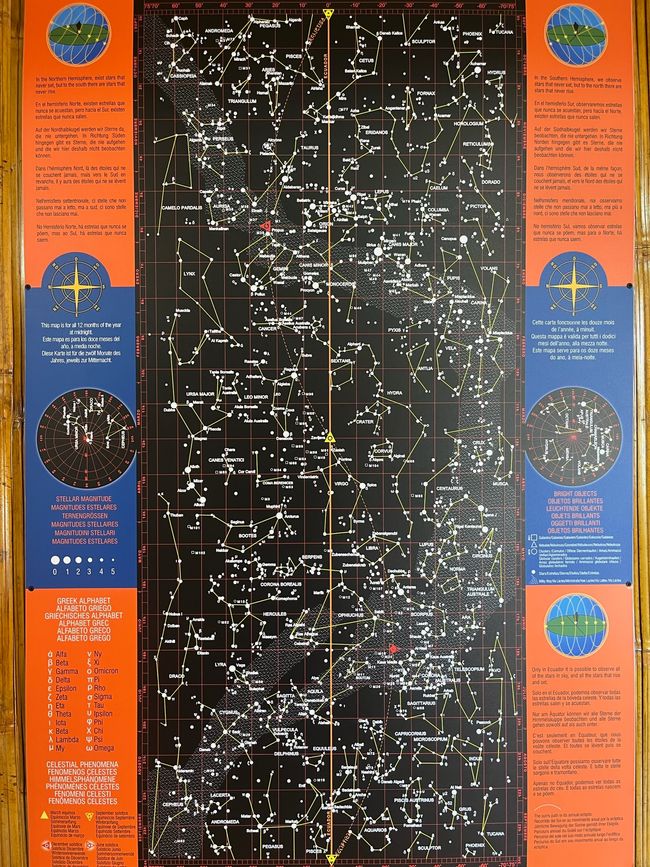
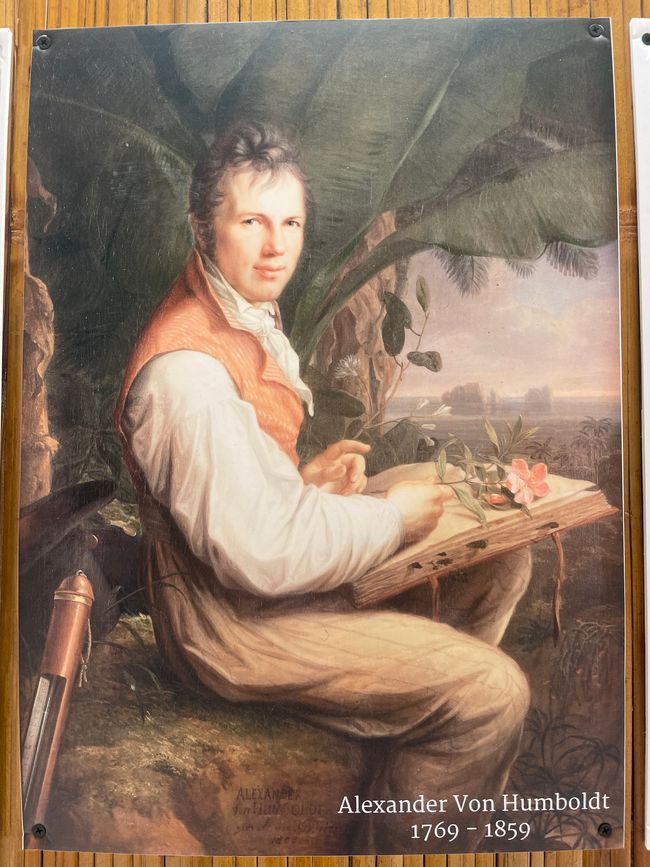
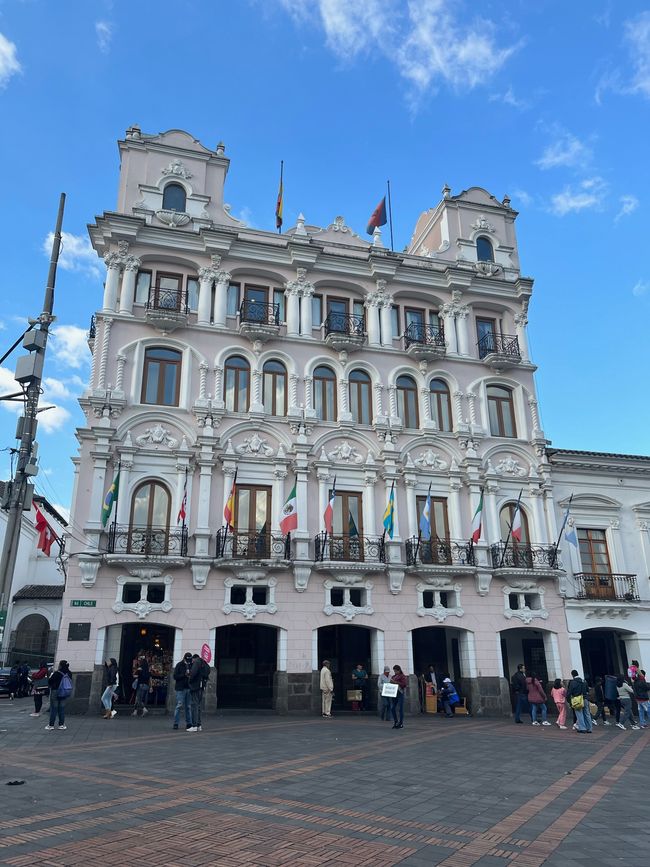

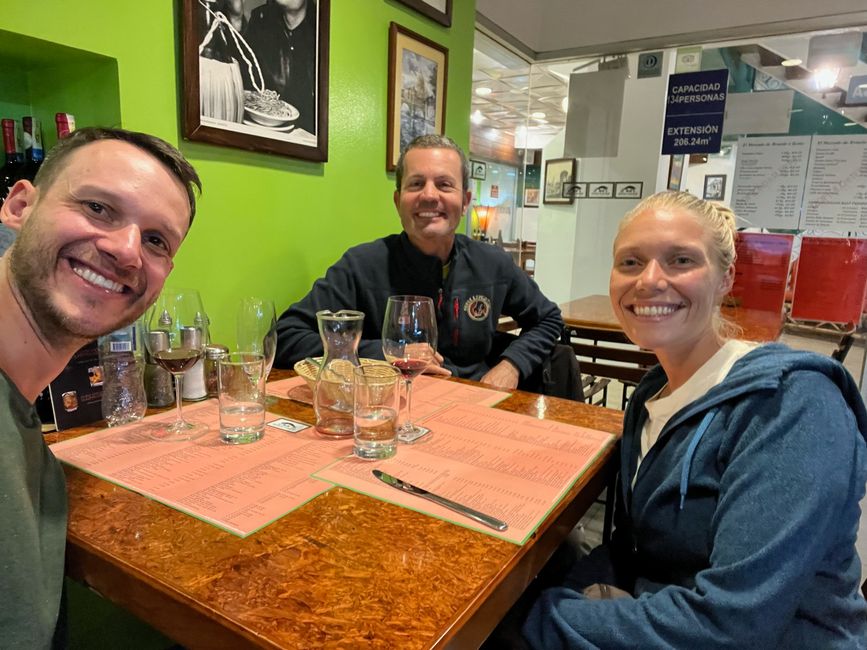
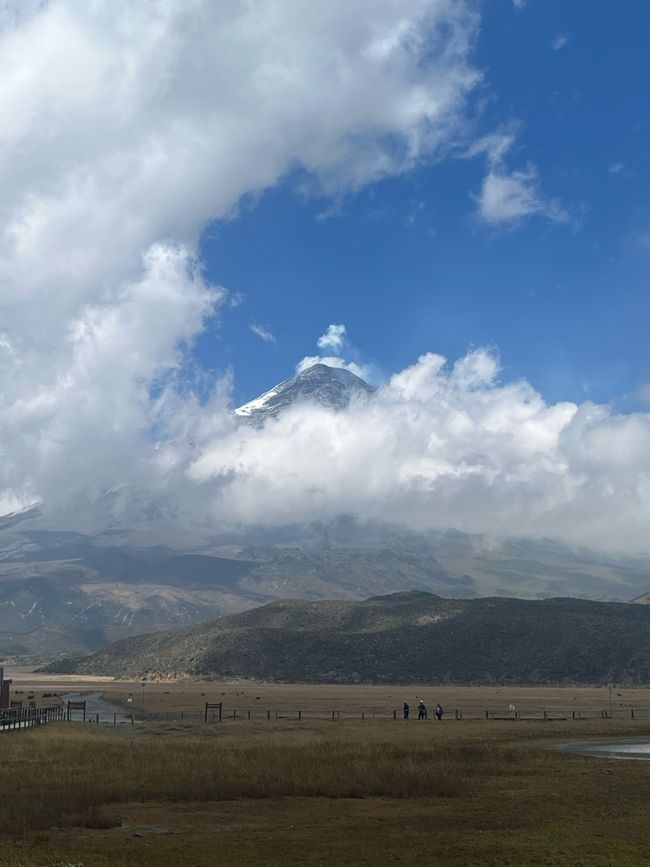
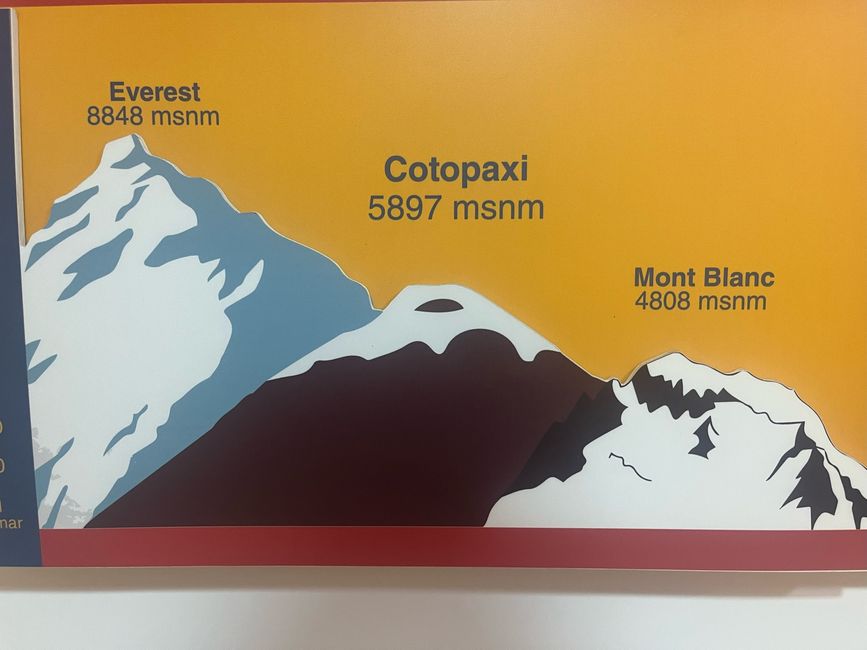
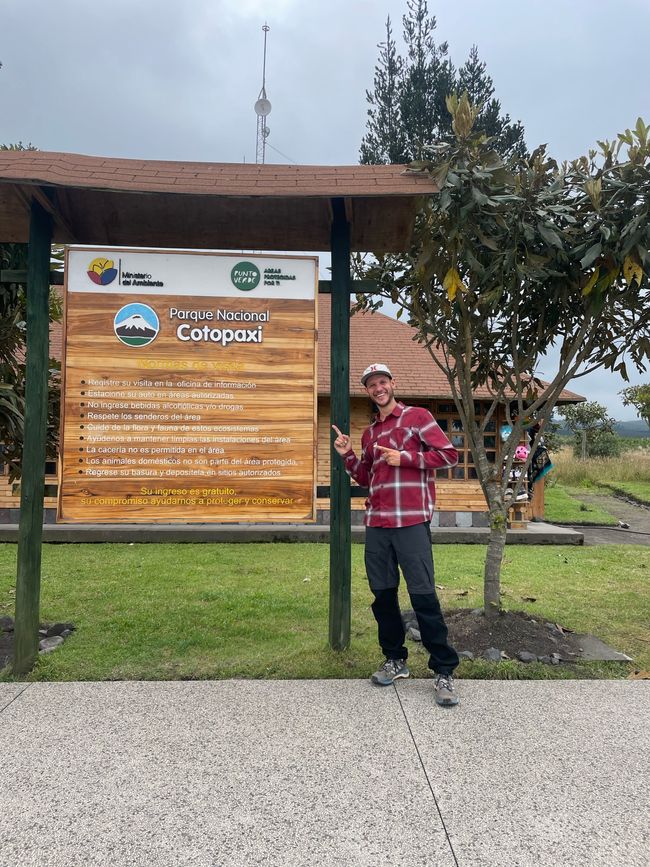
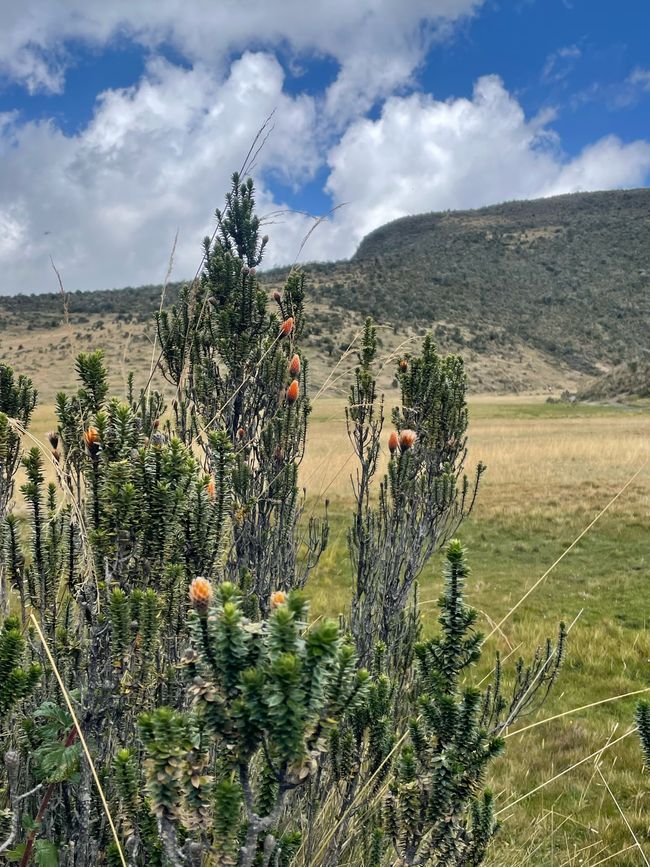
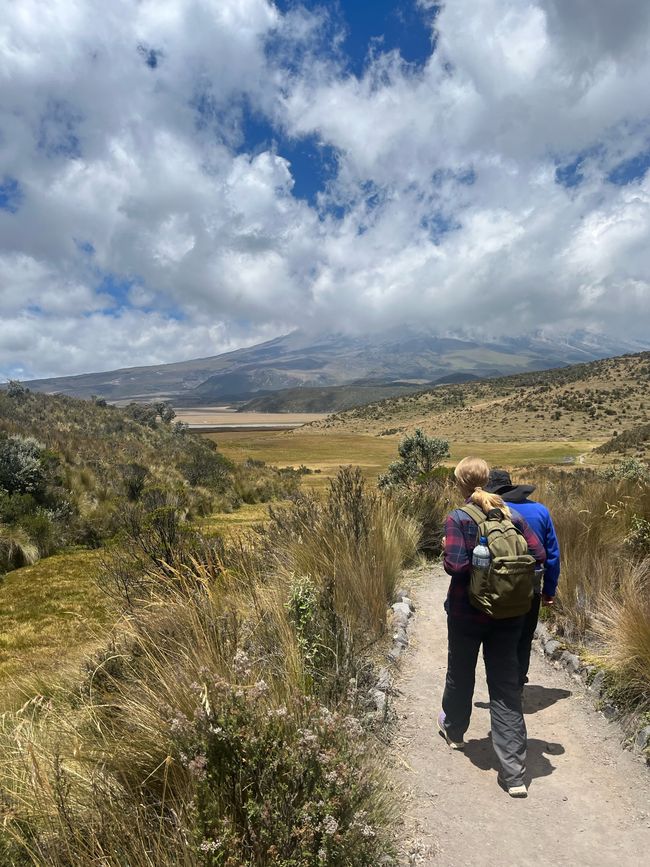
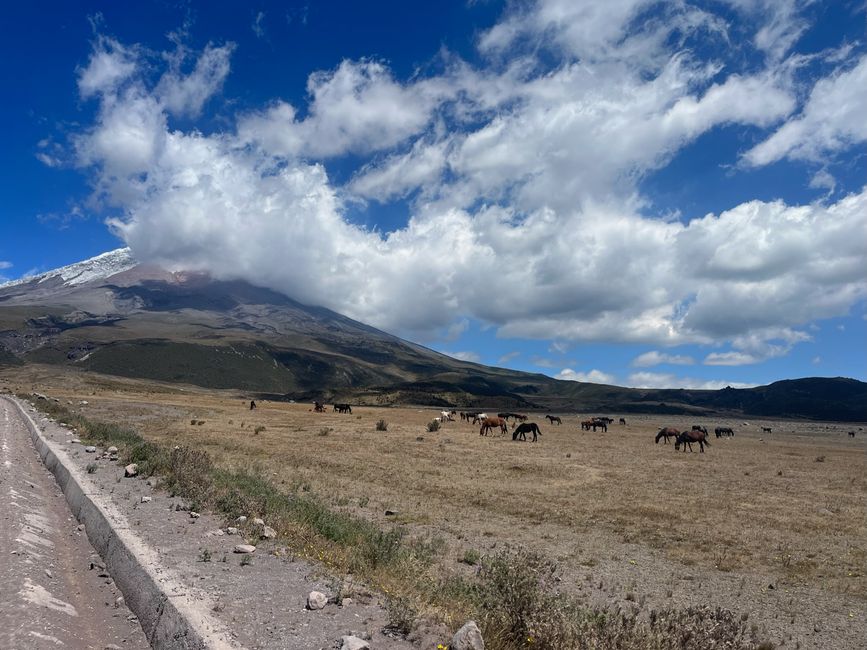
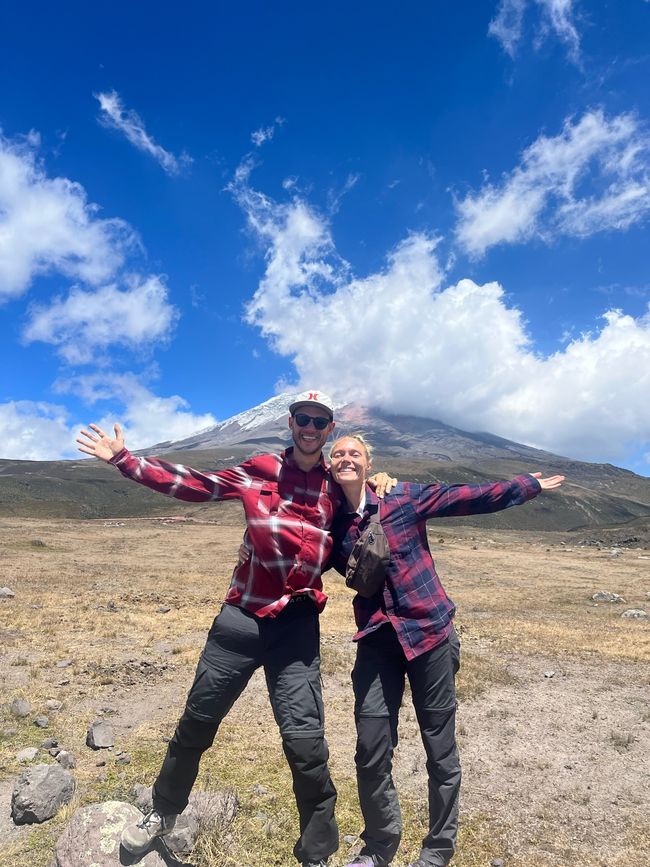
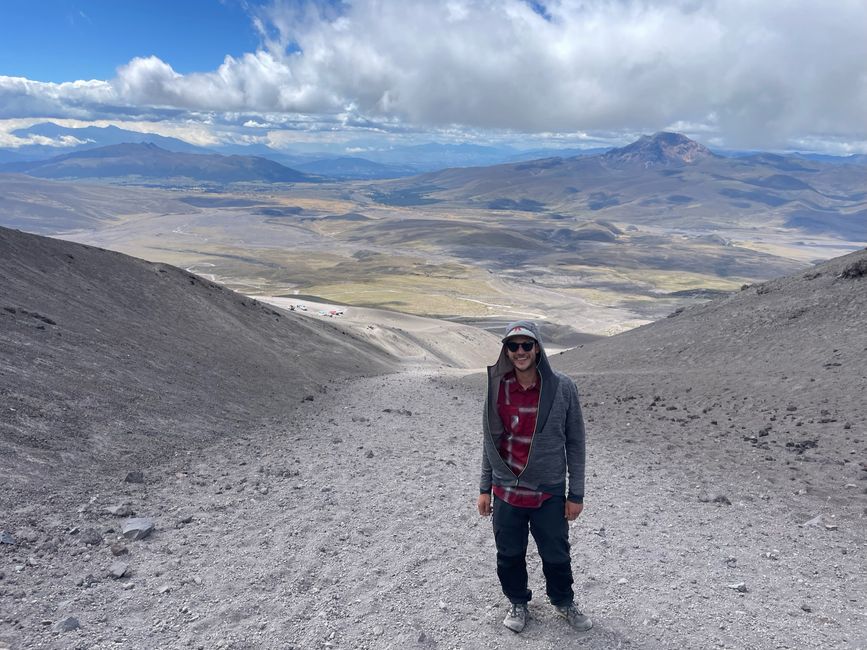
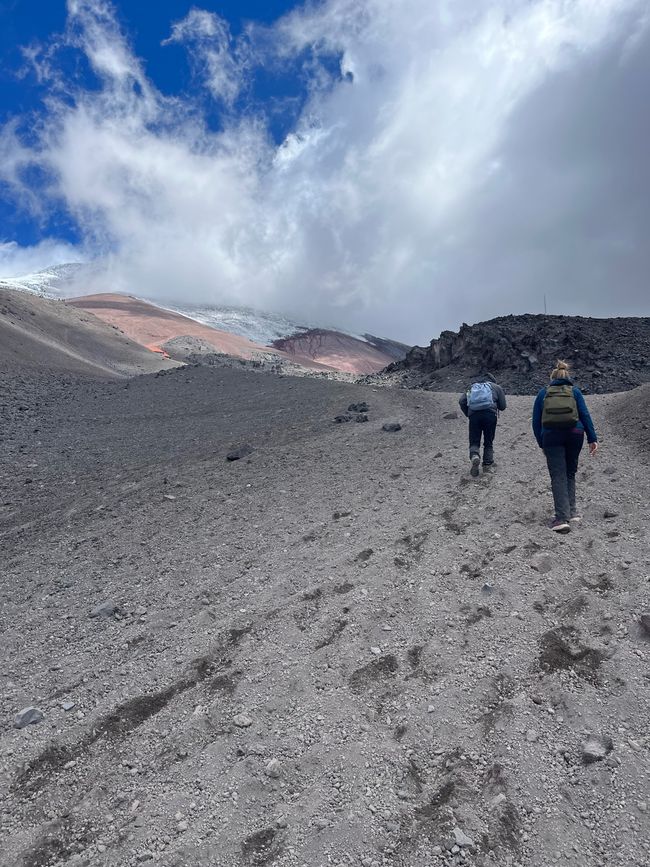
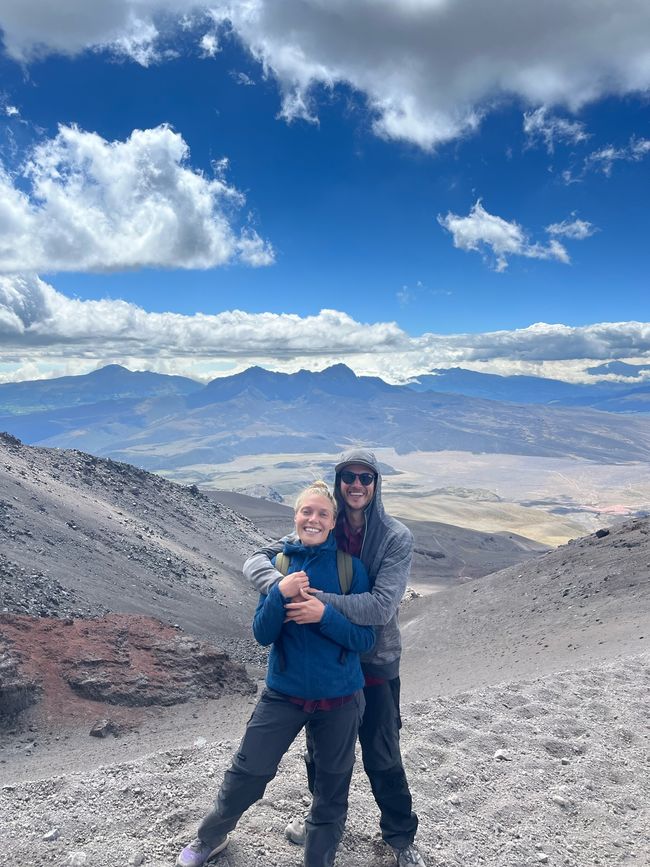
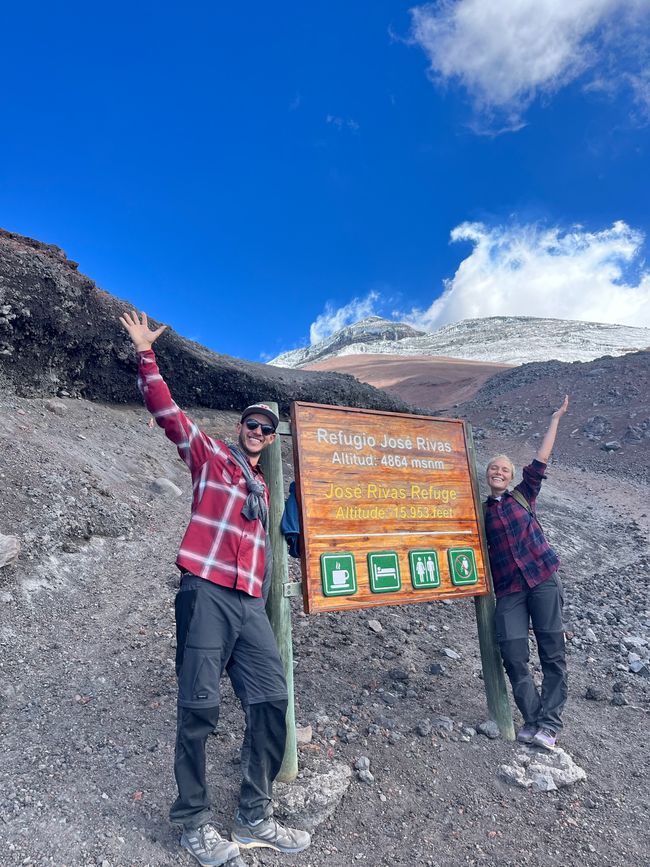
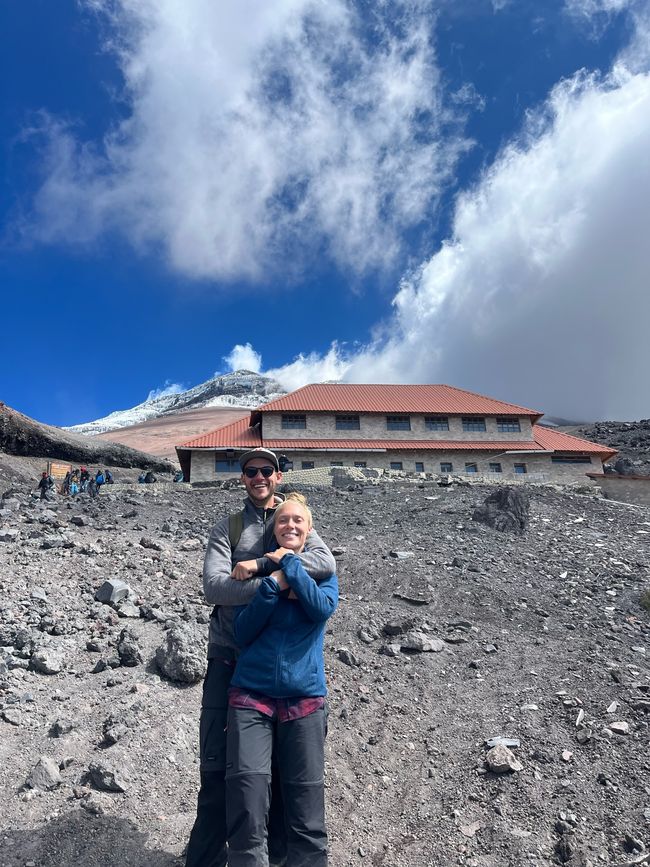
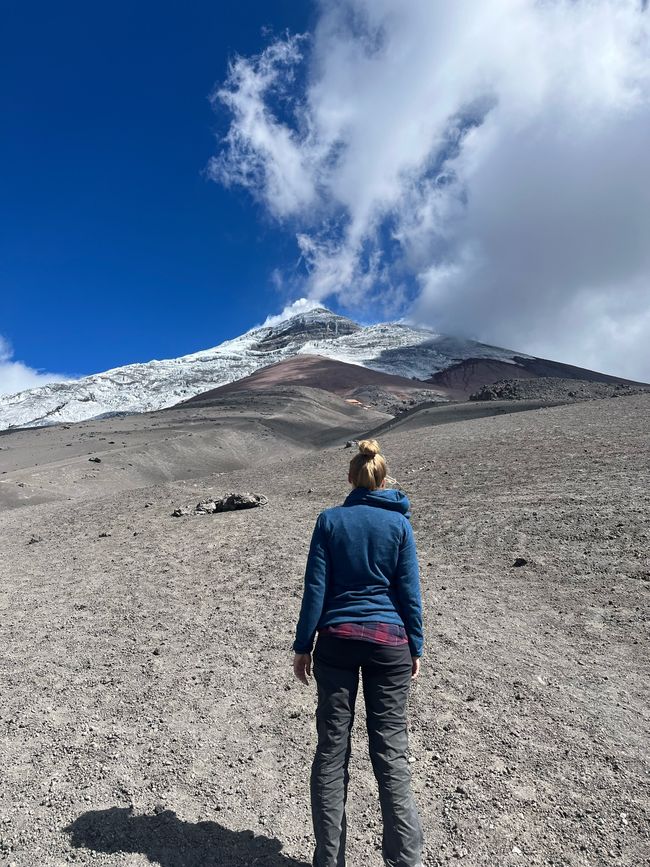
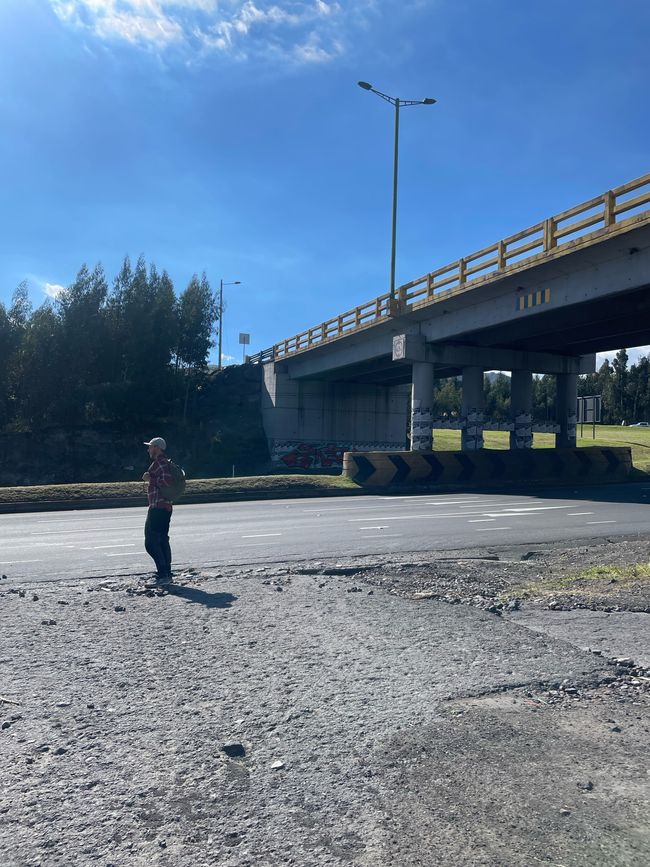
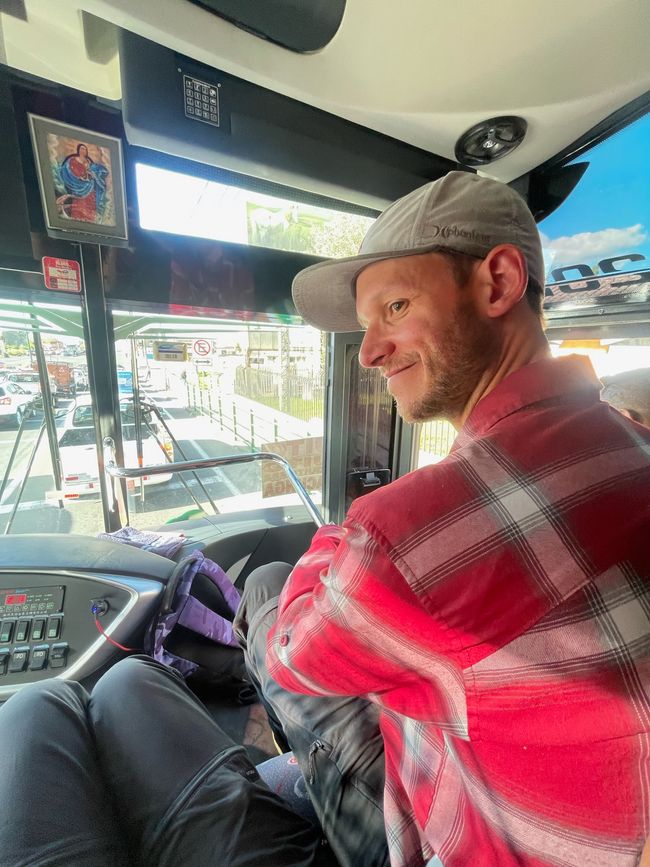
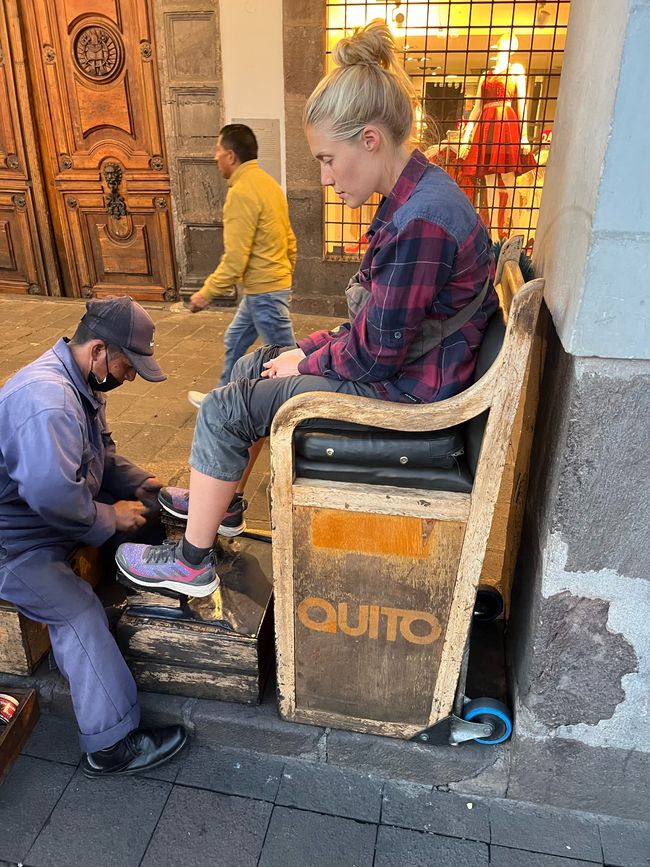
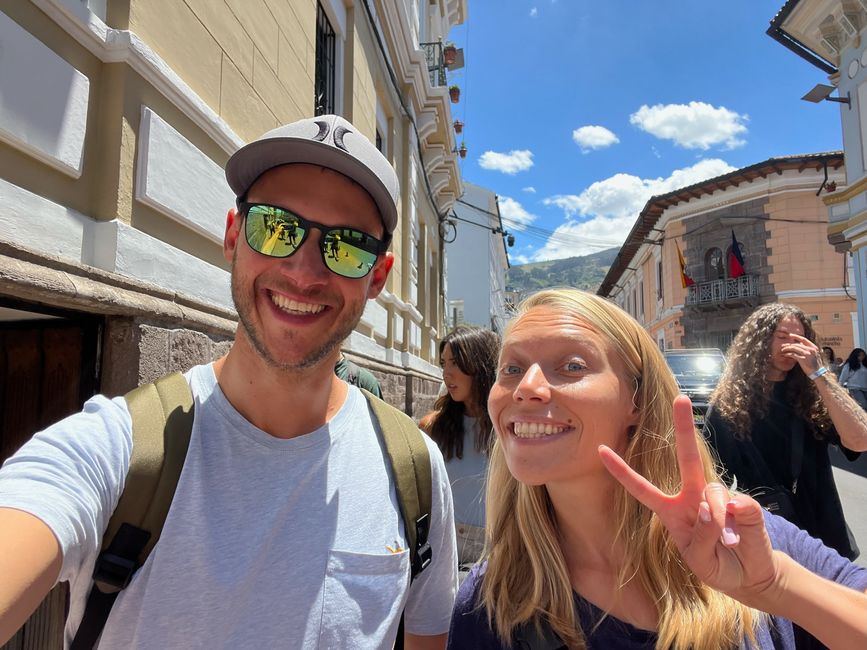
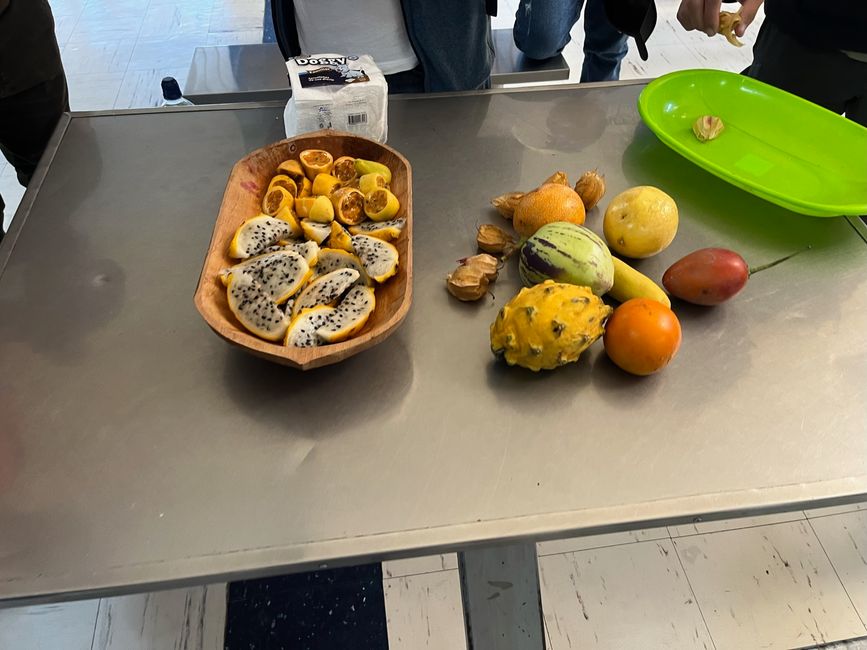
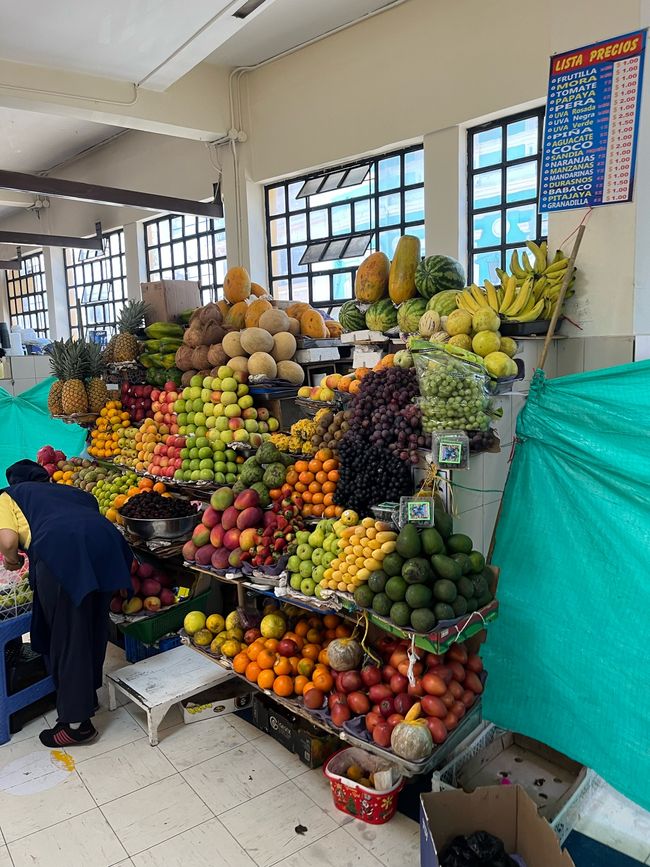
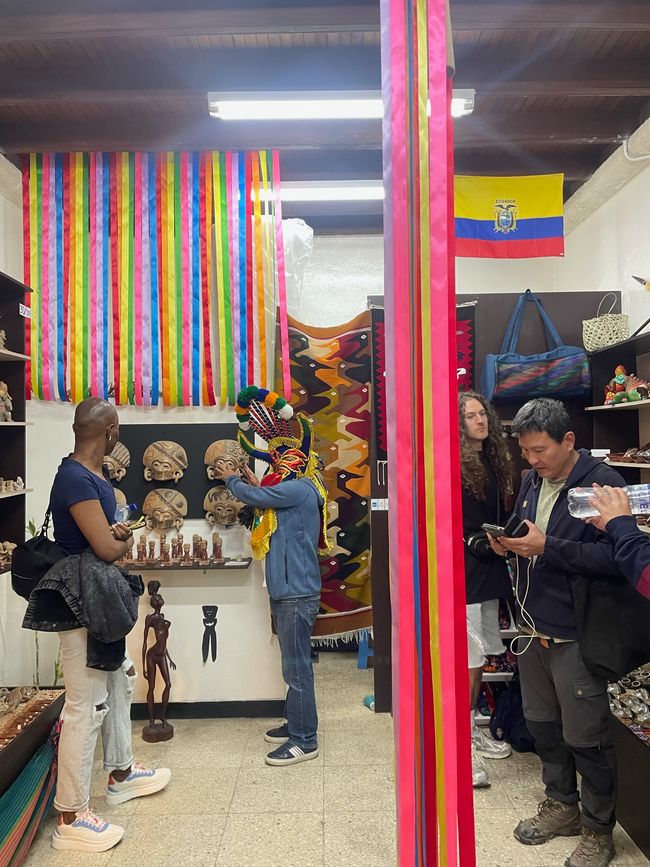
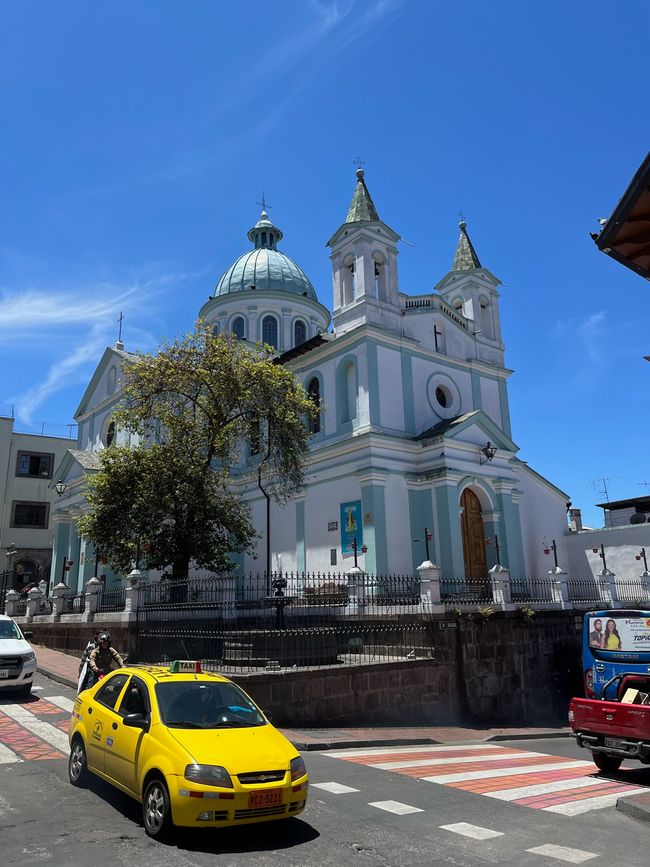
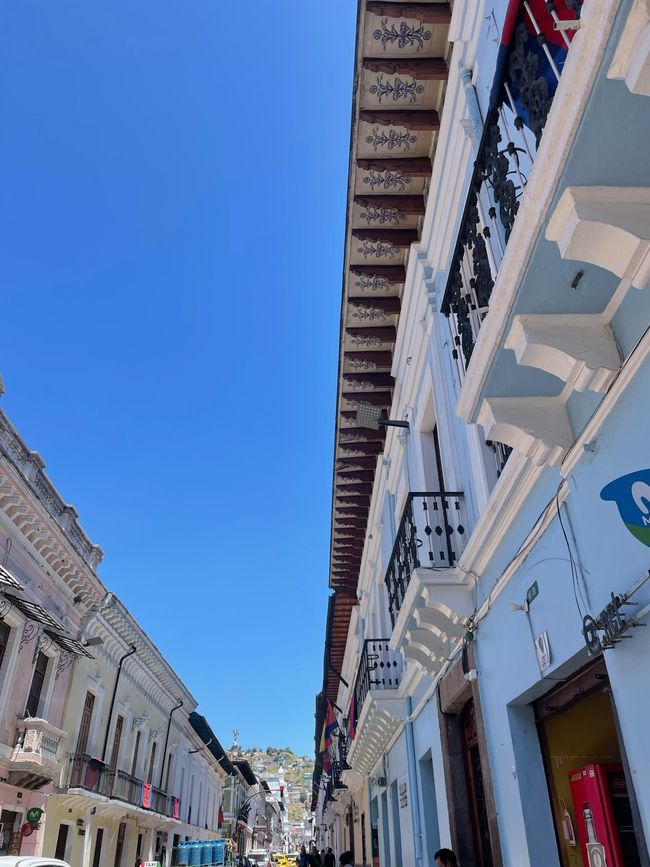
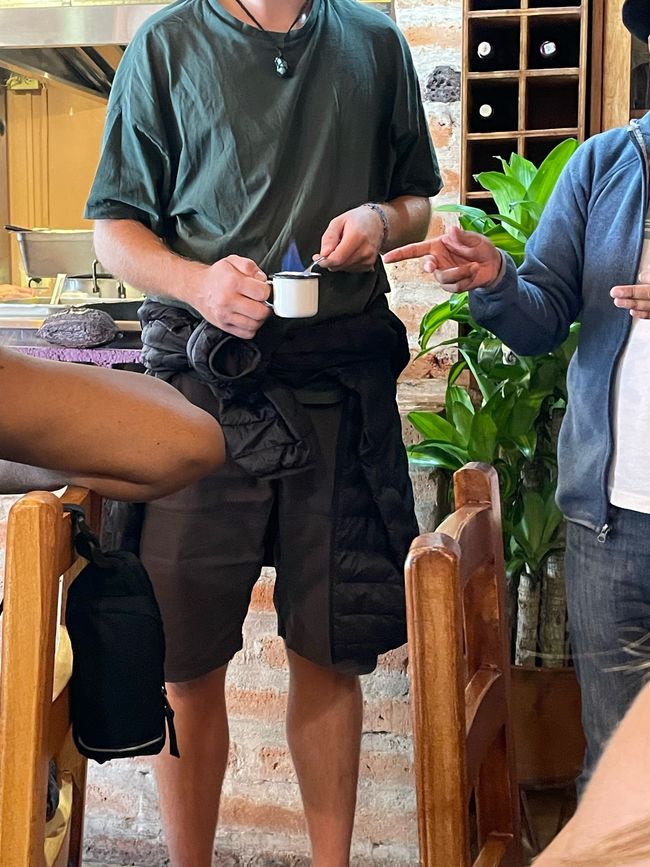
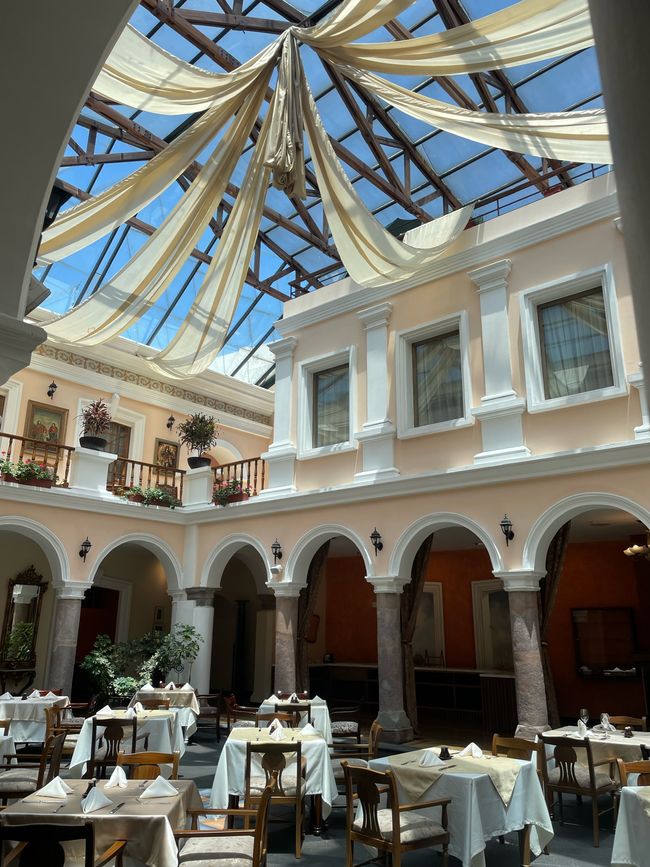
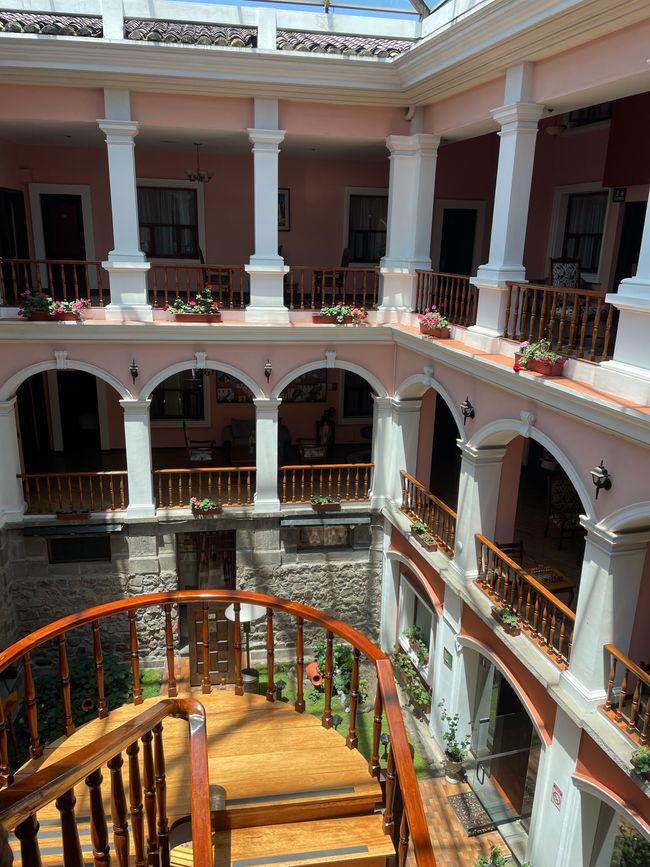
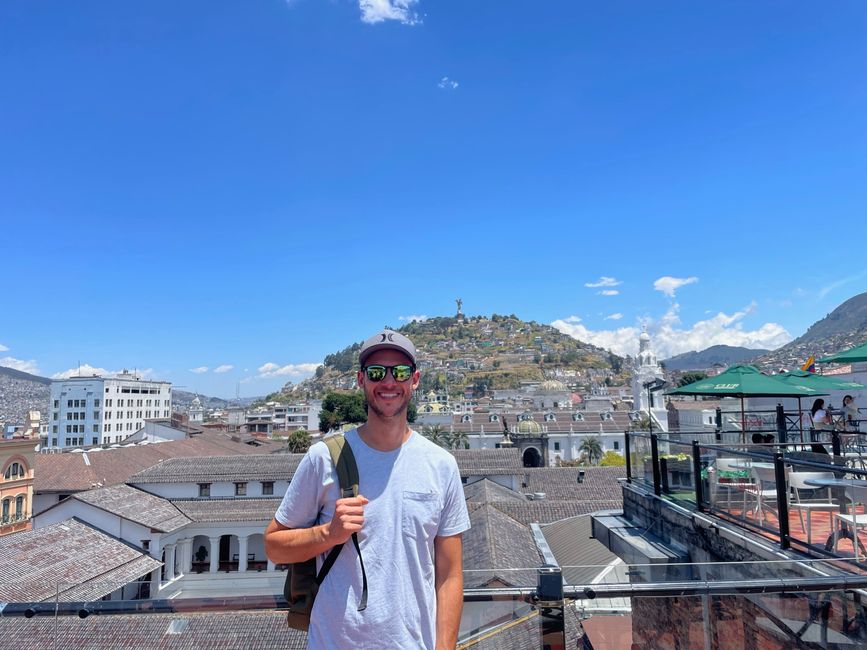
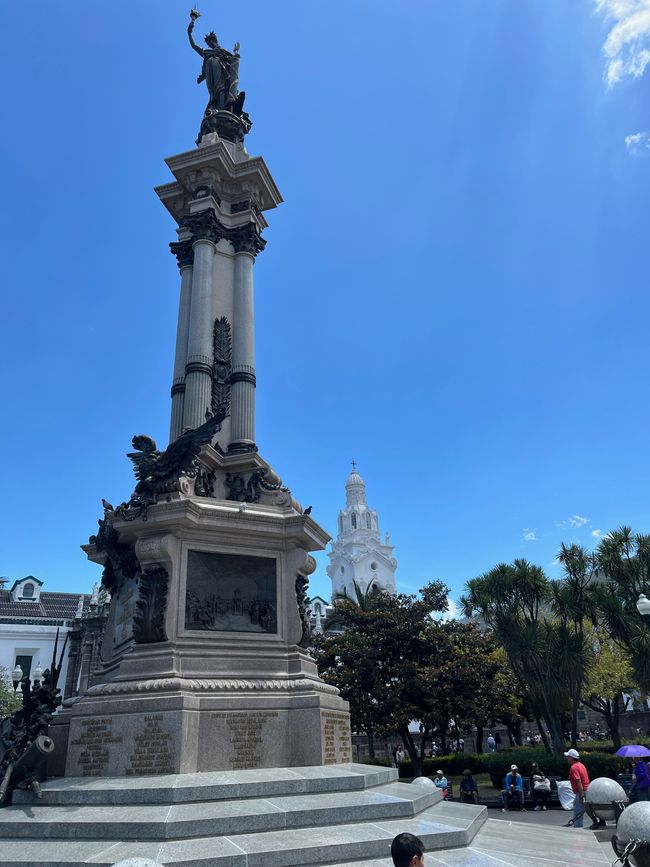
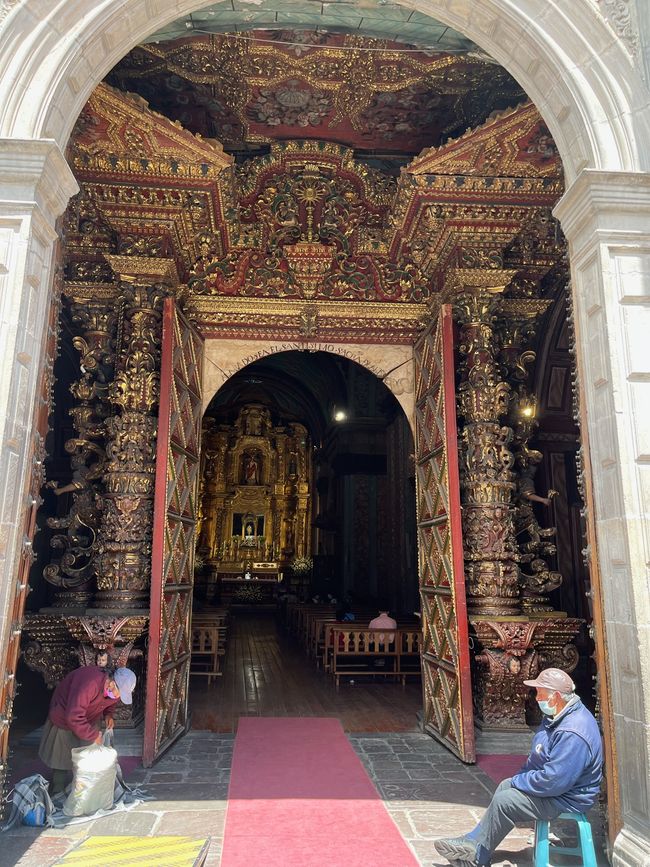
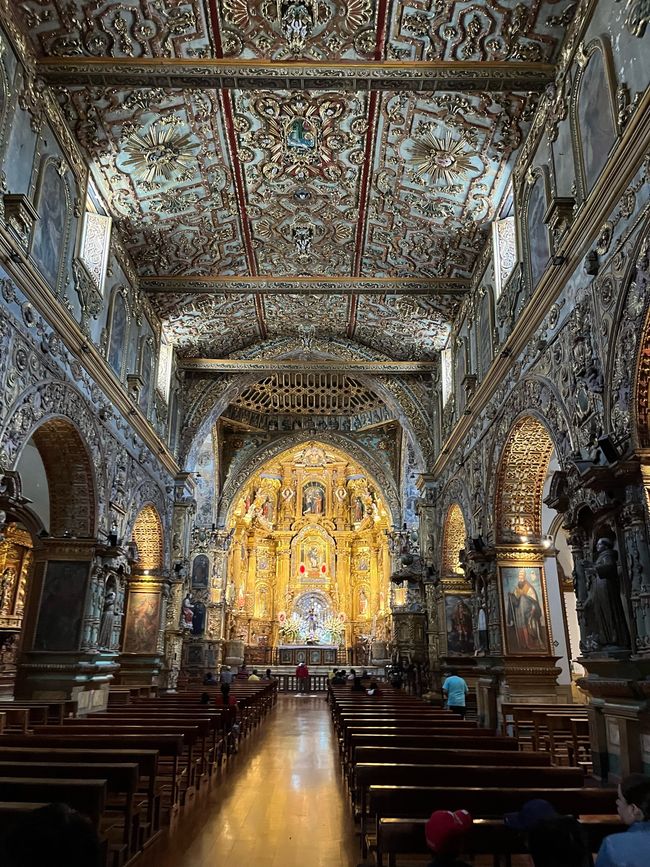
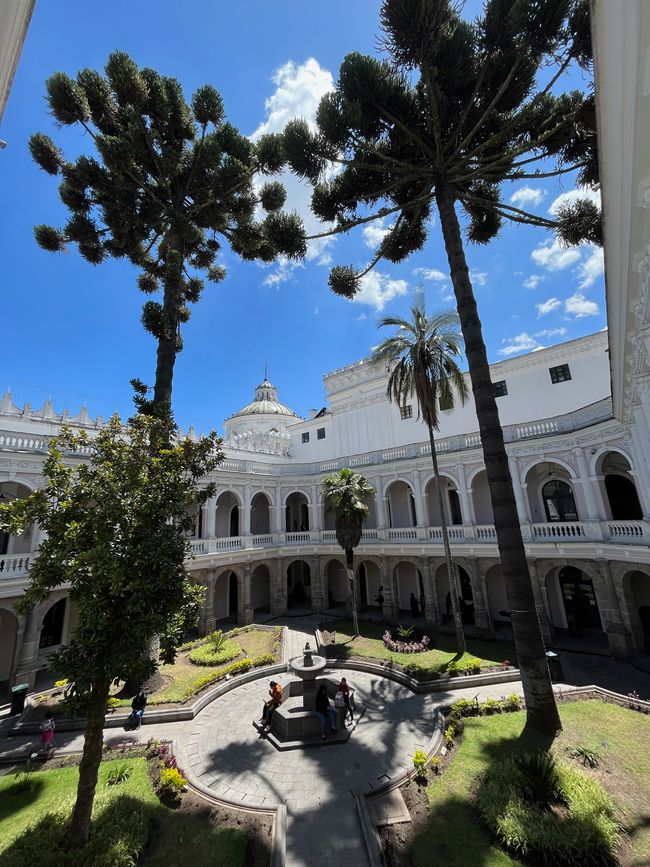
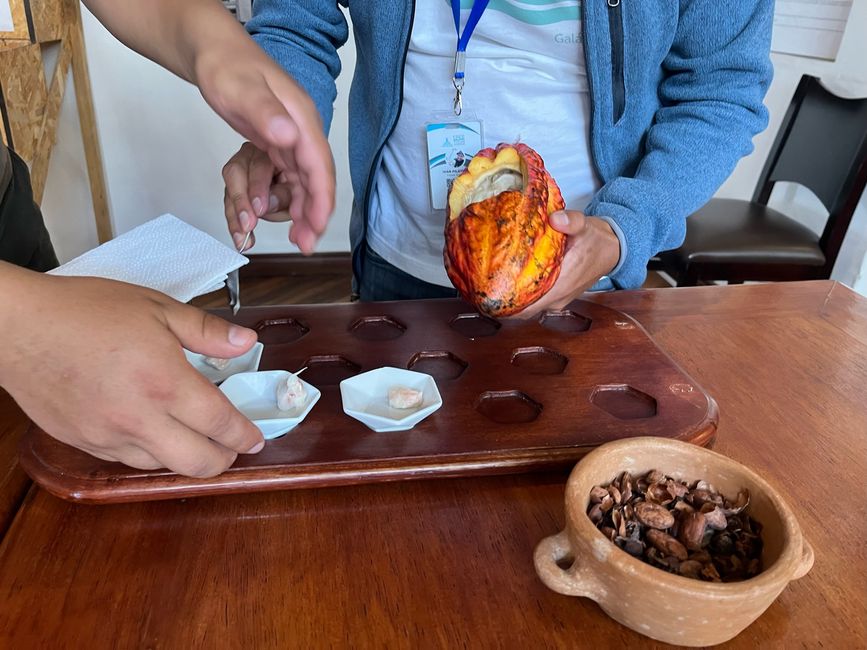
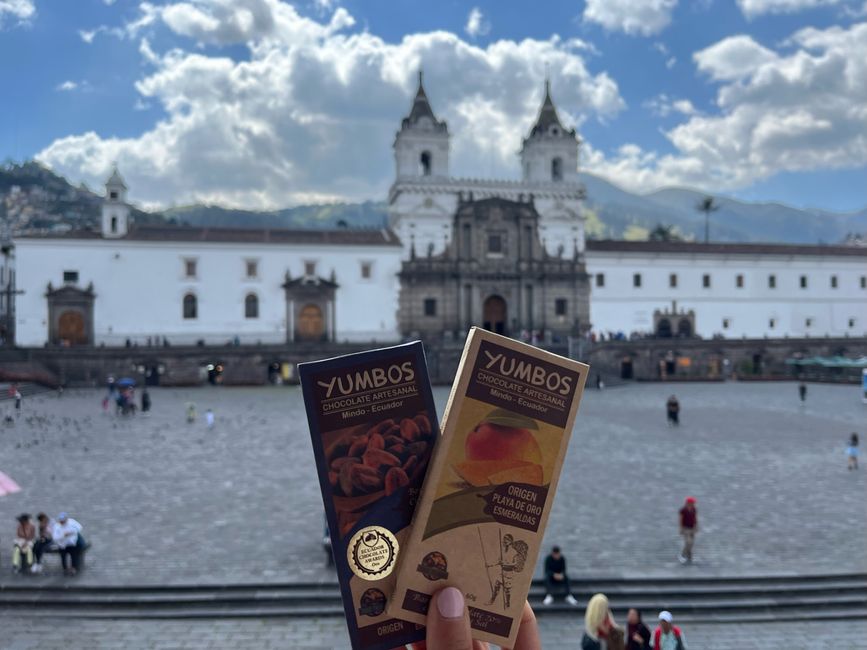
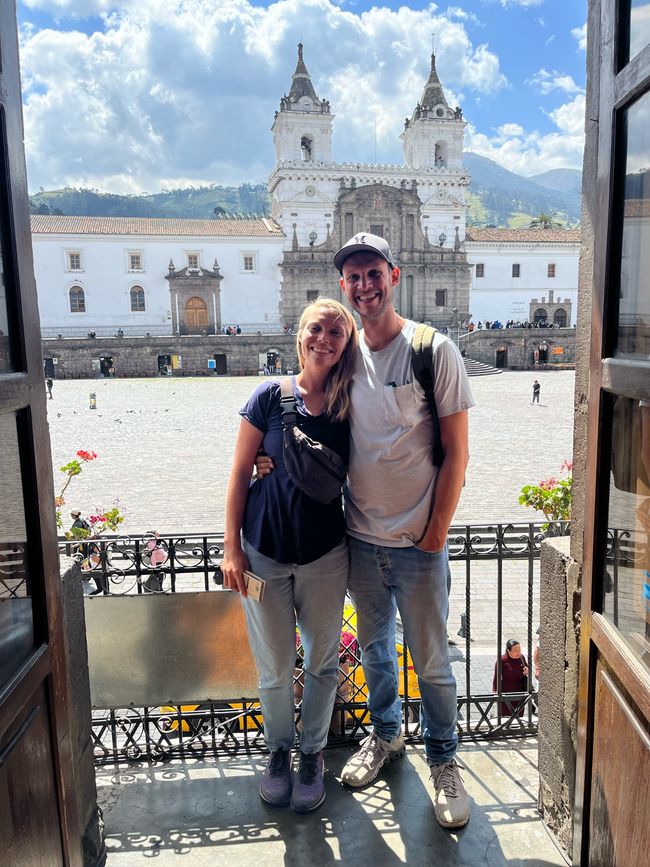
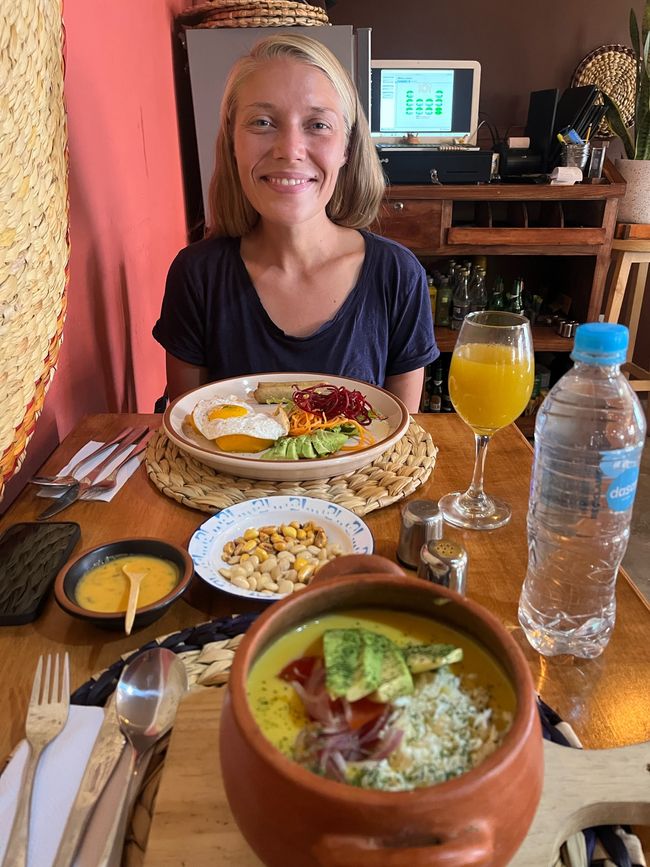
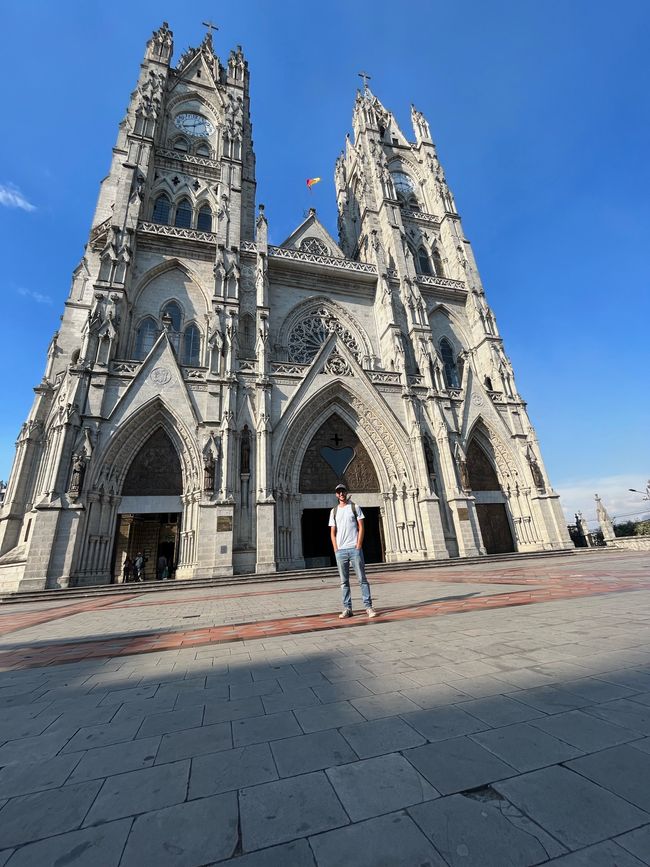
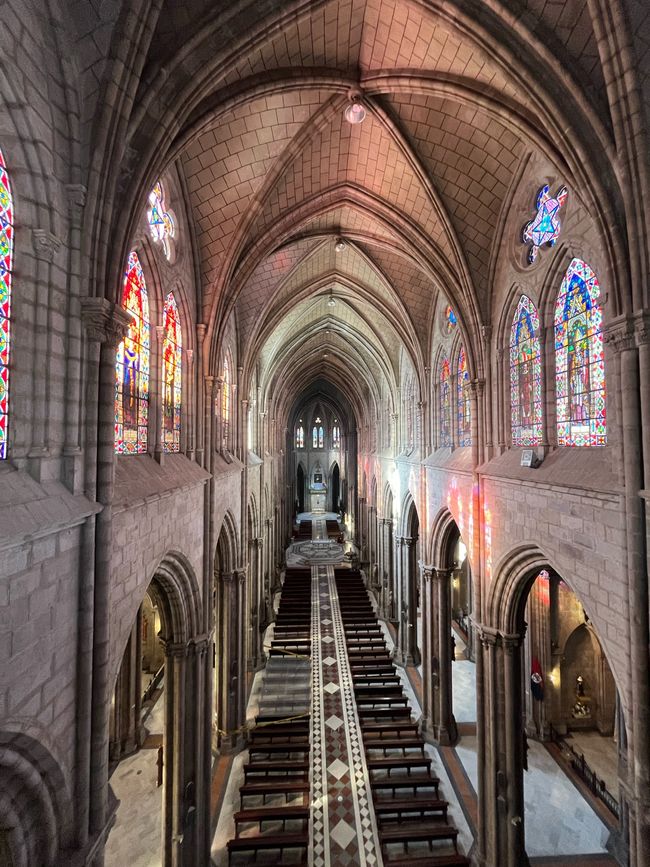
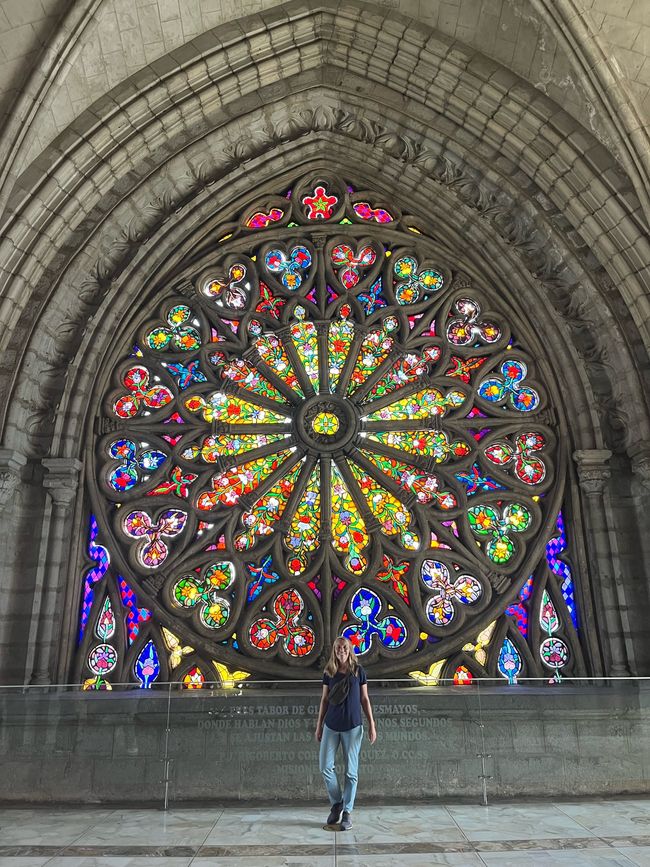
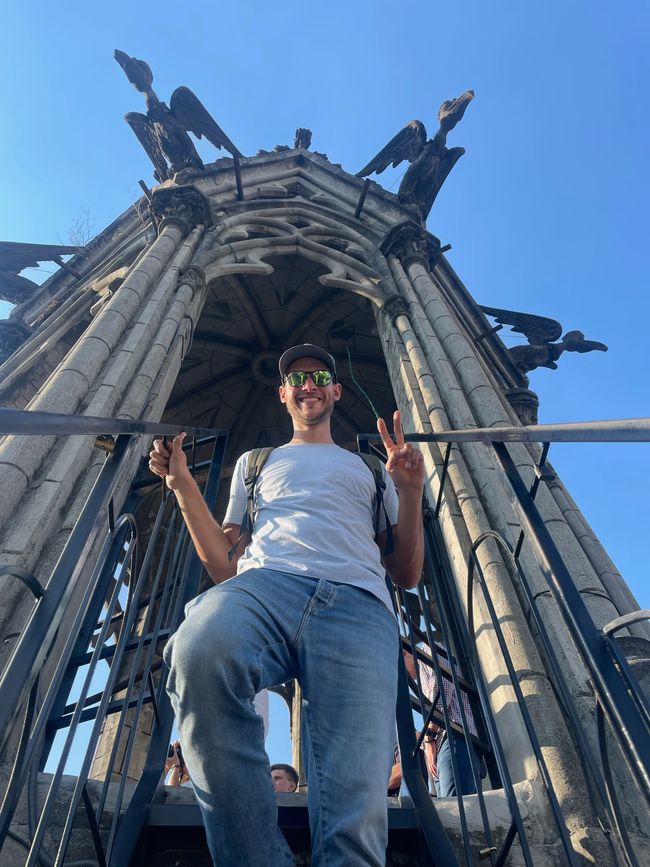
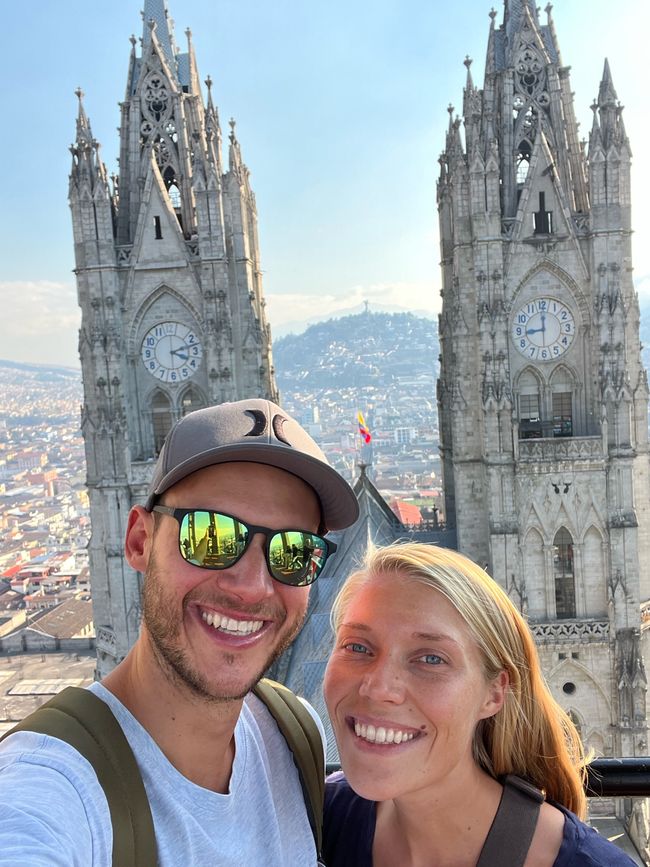
Iscriviti alla Newsletter
After the initial rather bad impression of the Ecuadorian capital, we set out on a discovery tour the next day, motivated. Luckily, we didn't notice any political unrest. After doing laundry and withdrawing money, we walked into the city center. It was raining a little, so we sat down in a café. When we went outside, we briefly forgot about our daypack, and by the time we realized it, it was already gone. Although we had our passports and money in another bag, our rain jackets, beloved cap, and some other smaller items were gone. Naturally, the mood was down in the dumps and our second impression of Quito was rather disappointing. After reporting to the tourist police and obtaining a report for the travel insurance, we had a somewhat reconciled evening with a delicious pizza.
Since we had seen enough of Quito for now, the next day we took a trip to the so-called "Quitsato" just outside the city. The name means "Middle of the World" and this huge sundial is the only monument in the world that is truly located exactly on the equator. We had a guided tour and learned that Ecuador was the perfect place to measure the equator in the 18th century. With the surrounding Andes, there were fixed points that were needed for accurate calculation, and the area was called "the lands of Ecuador," which is where the current name of the country originated. Additionally, we were explained that the word "North" actually means "left," because originally people oriented themselves towards the sun, and so the east (sunrise) was always at the top and correspondingly the north was on the left. If one keeps this worldview, one would not differentiate between "up" (north) and "down" (south) on Earth, as is often done economically and socially. Rather, the equator would function as a connection between the two halves on the right and left. Thus, all world maps there were also drawn with the east at the top and the north on the left. At first glance, it was really confusing, but we liked the idea. After taking some super cool photos, we went to the adjacent agave garden where we got a little tequila tasting. Tequila and Mezcal are made from agaves. We were told that really good tequila doesn't actually burn, and it is very expensive due to the complex manufacturing process. We also tried bamboo schnapps and the so-called "beer of the Andes," which is fermented agave juice. When we returned to Quito, we randomly bumped into Davide from Italy, whom we had met on the Galápagos Islands. We went together to a very delicious Italian restaurant in the evening and were glad to eat something other than beans and rice again 😄. We had a long conversation and had a great evening.
The next day, we got up early and took the bus to the famous Cotopaxi National Park. This active volcano is one of the most visited peaks in South America and the second highest mountain in Ecuador at 5890m. Ecuador has really many volcanoes, and from the national park alone, you can see 6 of them on a clear day. With a guide, we first drove to 3900m and hiked around a beautiful lagoon with a view of the Cotopaxi covered in glaciers for acclimatization. Since the altitude suited us well, we continued further, passing many wild horses, to 4600m. Here, we parked the car and hiked up to the hut at 4870m! It was exhausting, but we were so proud! After the shaky experience at 5000m in Peru, we were glad that we coped much better with the altitude this time. At the top, we had another delicious Ecuadorian hot chocolate, and then we started the much easier descent. We went back to Quito by bus. Since there was no official bus stop, we simply stood by the road and waved until a bus picked us up. This bus was already full, but we were allowed to sit next to the driver at the front 😁.
The next day, our last day, we finally went on the city tour that we had skipped on the first day due to the backpack theft. It was a Free Walking Tour, and let me tell you: it was the best one we have done so far. The tour took us through different parts of Quito for 3 hours, where we learned about Ecuadorian cuisine, history, and politics. Unfortunately, Ecuador - like many other countries in Latin America - struggles with corruption. Additionally, the country's geographical location between Colombia and Peru intensifies the influence of the drug trade, which has led to a significantly increased crime rate in recent years. To digest this heavy information, we tried various typical local specialties. Along with delicious fruits that grow here year-round due to the absence of seasons, we tasted the drink canelazo, which tasted almost like apple mulled wine, and various excellent chocolate varieties. We also walked through beautiful alleys in bright sunshine (and here at the equator, the sun really fries your head). After the tour, we fell in love with the city, and all the bad first impressions were almost blown away. In the afternoon, we visited the grand basilica and climbed up two of the three towers, partly on a really steep ladder, and had a great view over the city. We ended our time in Quito where and how it had started before the Amazon tour: with hot chocolate and empanadas on the beautiful rooftop terrace.
Thus, our time in Ecuador comes to an end, and tomorrow we will fly to Costa Rica!
Iscriviti alla Newsletter
Risposta
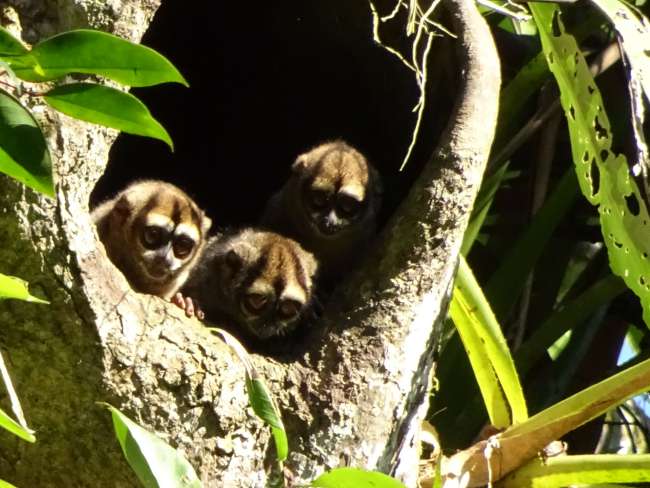
Rapporti di viaggio Ecuador
